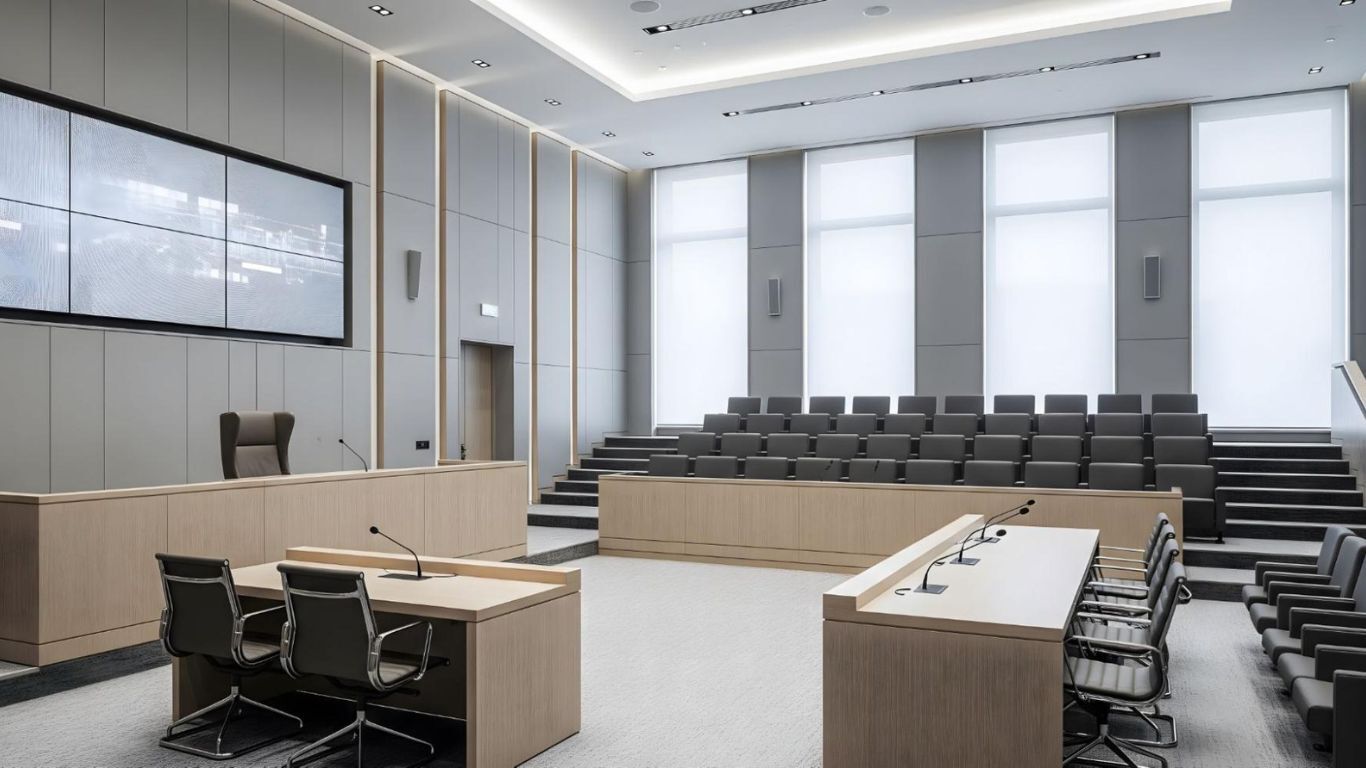Designing modern, open offices that facilitate collaboration requires more than the right furniture and floor plan, we must also design these offices within the context of basic human needs.
Last week, we explored nine human needs guidelines that might serve as the basis for planning modern offices. I concluded that when we consider the dichotomies inherent in several of these guidelines, it becomes obvious that there may be no single, perfect office environment solution. Instead, multi-faceted office environments, specifically tuned to the functional needs of individual organizations, may offer the best solutions. This is a key fact that has significant implications in the earliest planning stages for modern offices.
Program of Requirements
When planning a new office environment or retooling an existing office, the first step should be creating a clearly defined “program of requirements,” which lists the type and number of spaces needed in an office. In determining this information, the program of requirements should consider how work is performed in an office. The types of questions that should be addressed in the program of requirements include:
- How much time do employees spend on individual work that requires concentration?
- How much time do employees spend in collaboration?
- How often do employees participate in phone calls versus meetings? What sizes are the meetings?
- Do employees routinely work outside the office through telecommuting and on business travel?
- Do the employees have any special requirements or unique equipment needs?
By considering these types of questions, the program of requirements can be used to customize the office layout to support employee work patterns and processes.
The program of requirements should also consider basic human needs (addressed in the previous blog) in addition to how the employees work. For example, the outcome of one office’s requirements might include a high proportion of collaborative spaces that avoid red tones, allow some background noise, and offer less rigidly arranged but highly comfortable seating. King Arthur’s round table may have been an early version of a successful collaborative space incorporating most of these characteristics.
Accommodating basic human needs, including using taller, protected, sunlit spaces containing plants, would apply throughout an office, regardless of whether employees work independently or in collaboration. As with any planning process, the more these considerations are understood and adopted by the employees, the more the employees will feel they have a stake in making the outcome work successfully.
Modern Office Space Defined
When we initially think of the term modern office, especially when it refers to a mobile office, we tend to focus on the concept of flexibility in workspace location made possible by today’s technologies. As discussed above, there is more to the modern office than just mobility. As we move away from the one-size-fits-all model of the traditional office, we must also focus on flexibility in workspace design.
Next, we’ll move on to demographic variations in modern office design.










.jpg)


.jpg)
.jpg)
.jpg)
.jpg)
.jpg)
.jpg)
.jpg)


